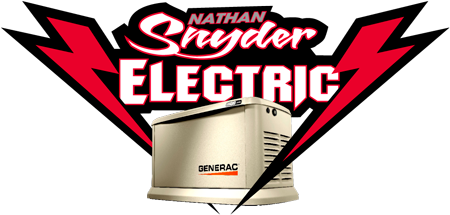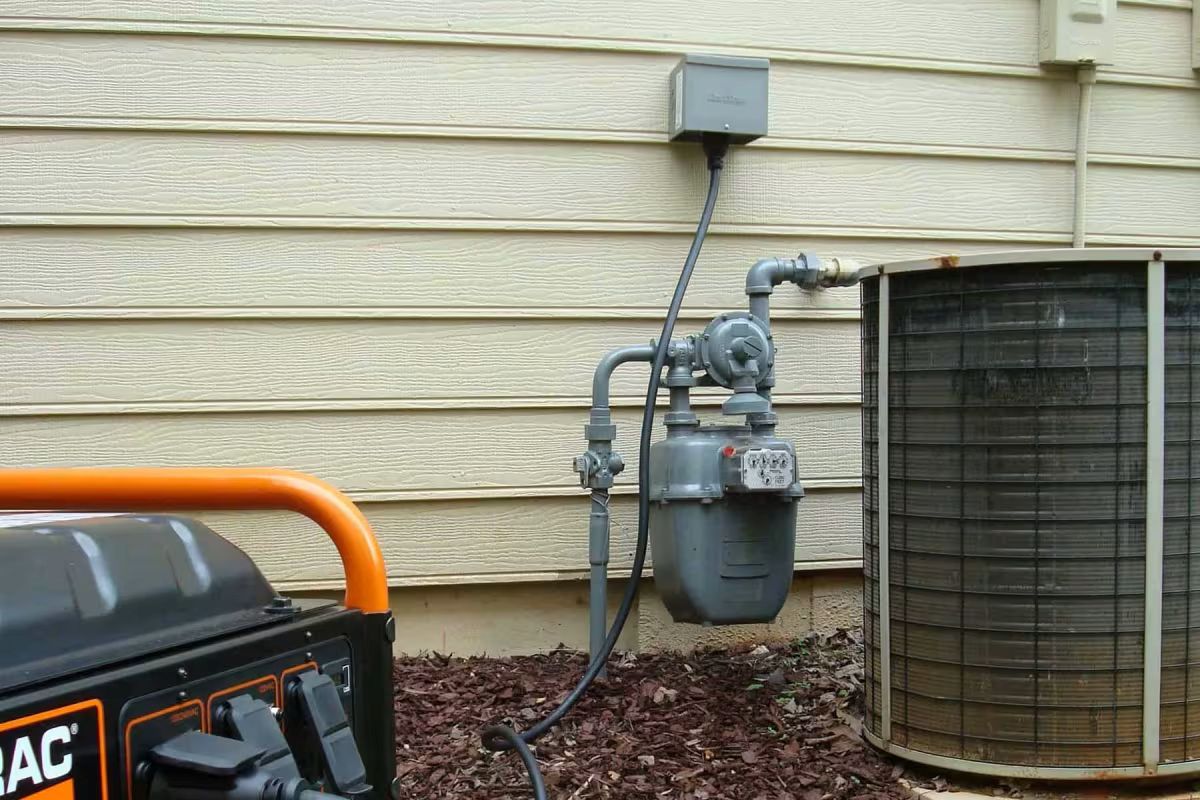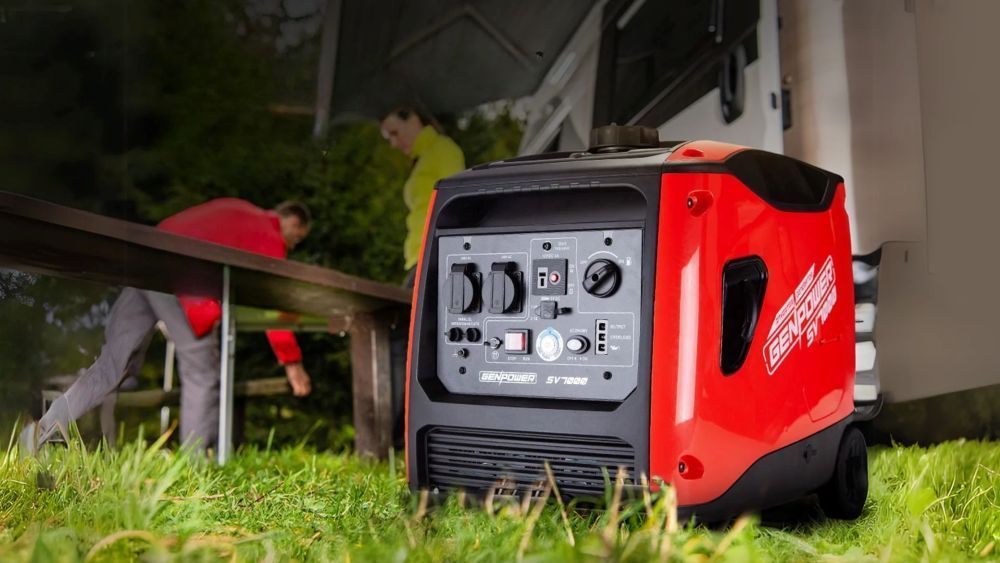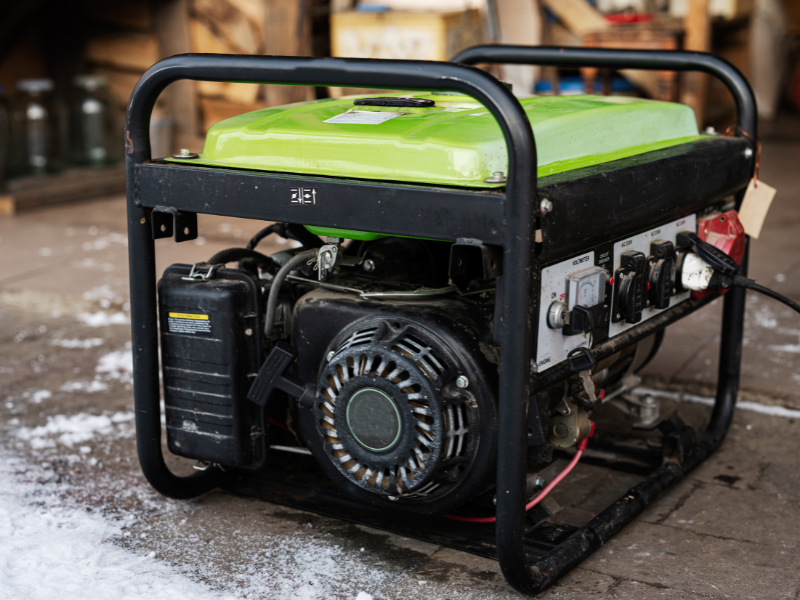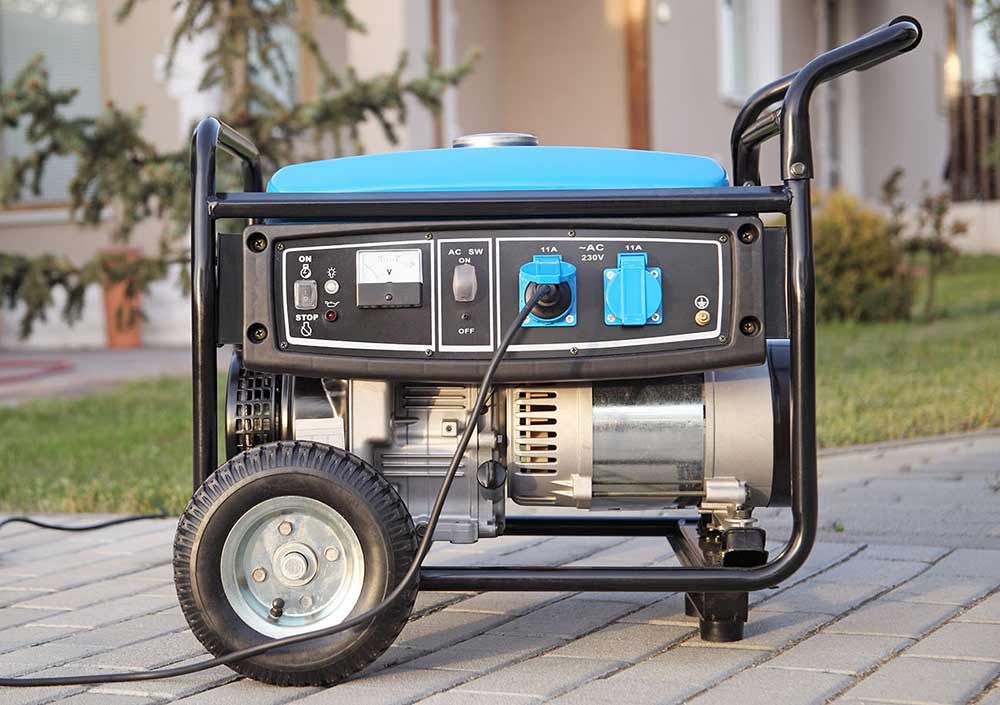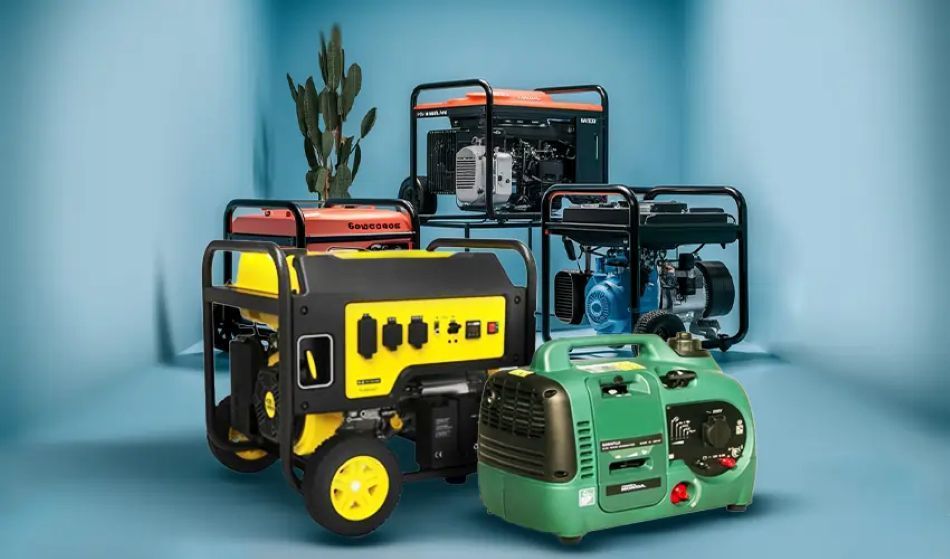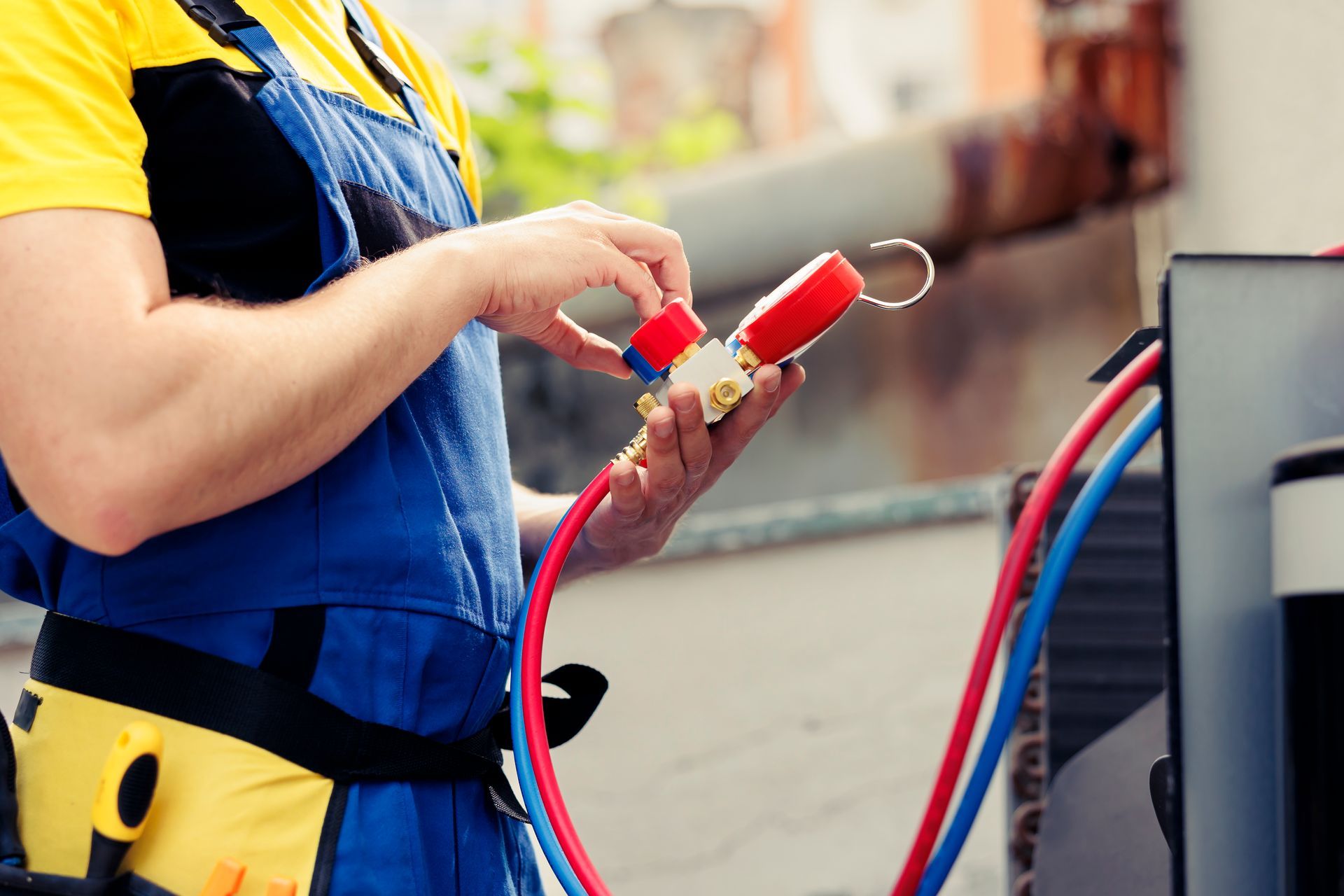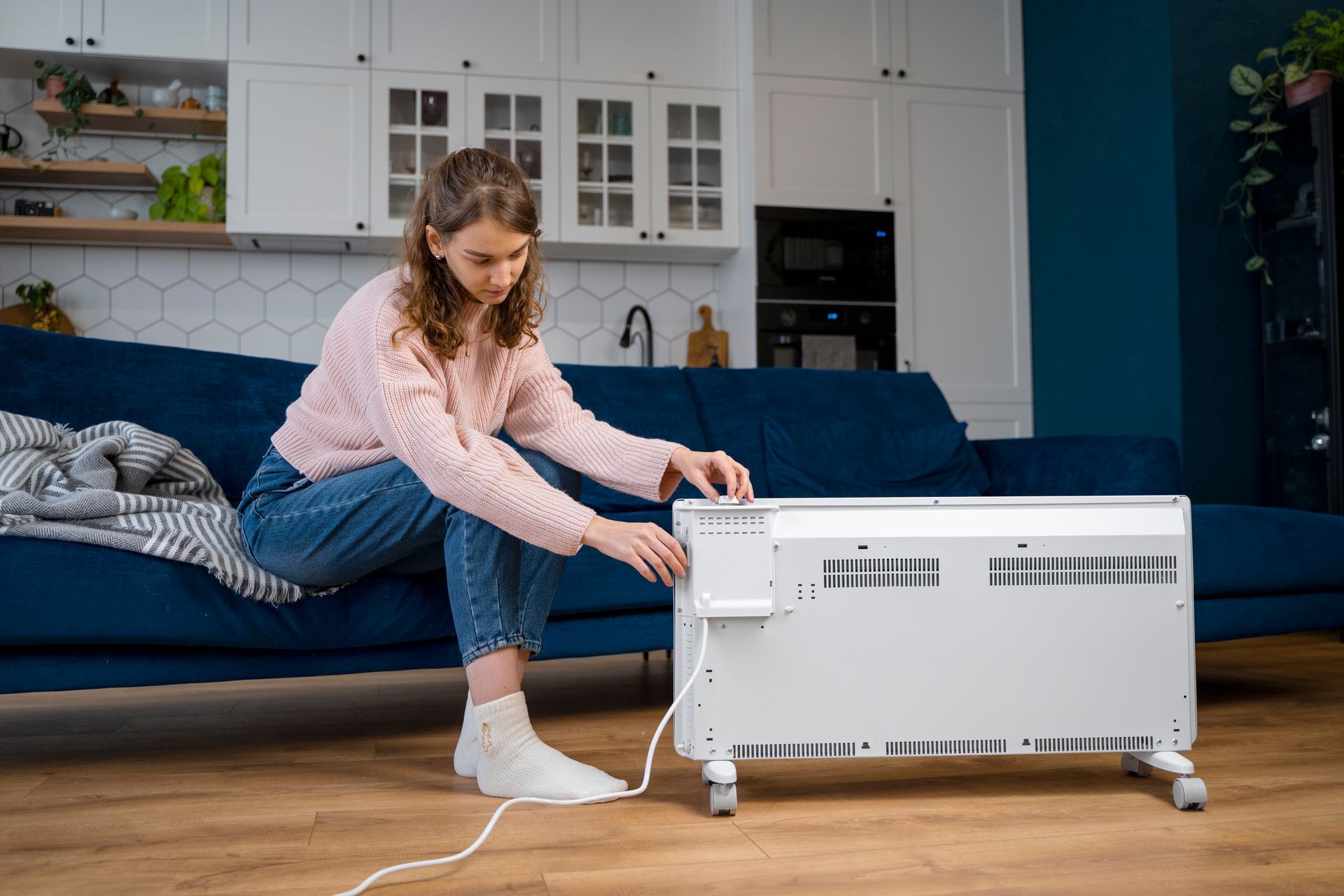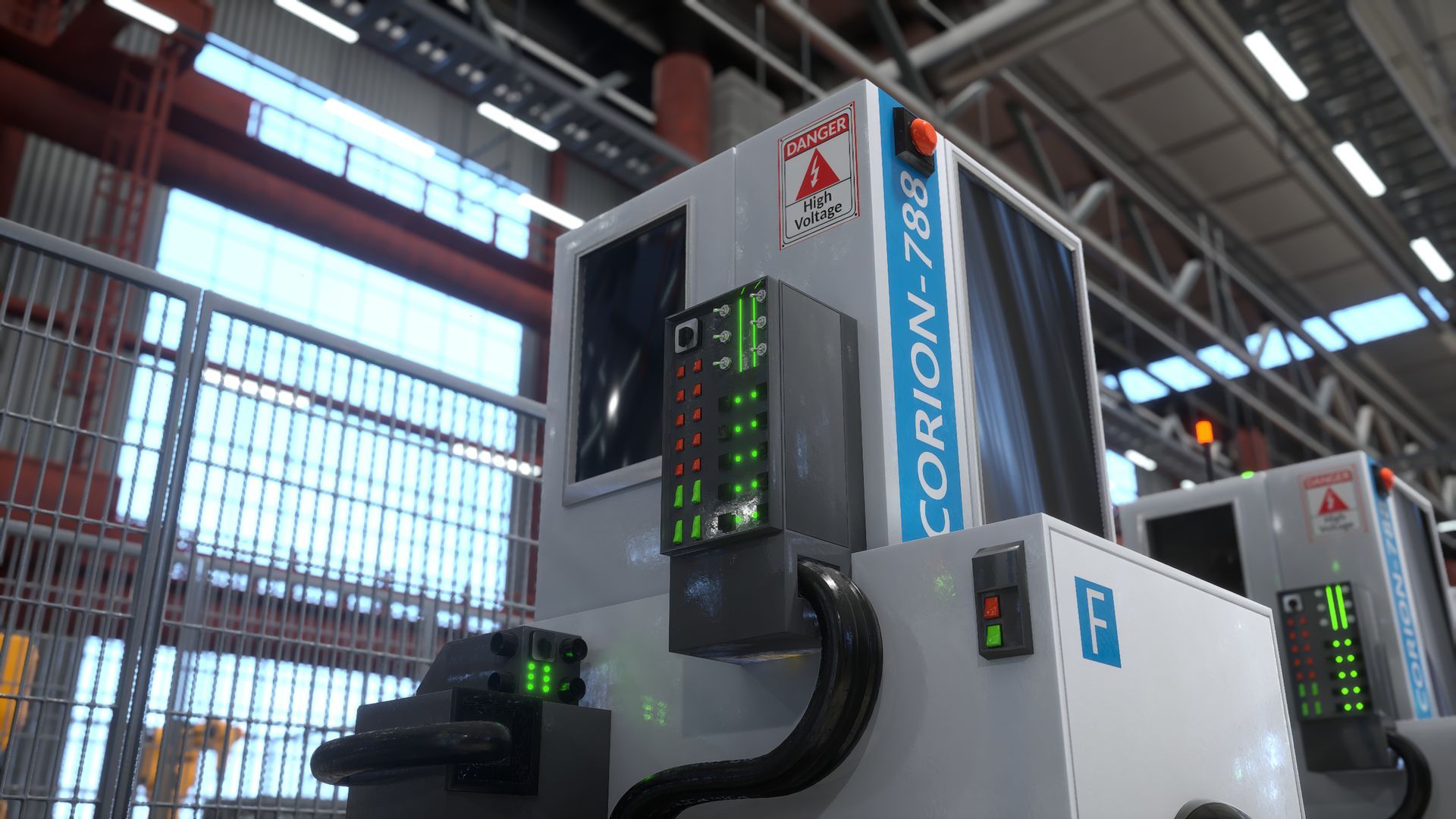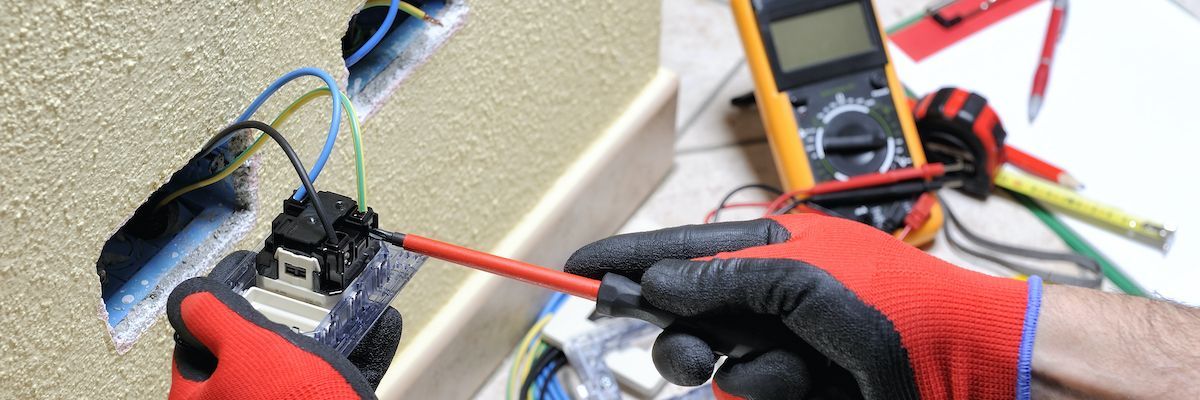How Does a Generator Work: Exploring the Technology Behind It
Understanding how generators work helps you make smart power decisions for your home or business. These machines turn motion into electricity using basic scientific principles that have powered our world for over a century. Expert Generac dealers often explain this process to customers who want reliable backup power solutions. The technology behind generators combines simple mechanics with electromagnetic science to create the electricity we depend on daily. This guide breaks down the process in easy terms so you can understand what happens inside these powerful machines
The Basics of Power Generation
Generators create electricity by converting mechanical motion into electrical energy through the process of electromagnetic induction. A motor or engine spins a part called the rotor inside a stationary section called the stator. When the rotor spins, it creates a changing magnetic field that produces an electric current in the wire coils around it. This current flows through the generator's wiring and becomes usable electricity. The entire process relies on the simple fact that moving magnets near wire coils generates an electrical current. If you’re considering installing a system, Generac dealers in Oklahoma City can walk you through the basics and help size a generator to meet your home or business needs.
Main Parts That Make It Work
A generator has several key parts that work together to create electricity. The rotor is a spinning part with wire coils or magnets that moves inside the stator, which stays still and contains more wire coils. The engine provides the power to spin the rotor, while the alternator converts the spinning motion into alternating current. A voltage regulator maintains a steady electrical output, and a cooling system prevents the machine from overheating. Each part plays a specific role in turning fuel or other energy sources into electricity that you can use. Just like the generator’s internal parts need to stay in balance, your home system also requires regular upkeep. Scheduling generator maintenance in Oklahoma City ensures your equipment is ready when you need it most.
Different Types Available
Generators come in many types, based on the power source and their operating principles. Diesel generators use diesel fuel to run an engine that spins the electrical parts. Gas generators work similarly, but they burn gasoline instead of diesel. Natural gas generators connect to gas lines and burn cleaner than liquid fuels. Propane generators utilize propane tanks and are well-suited for homes and small businesses. Solar generators use panels to capture sunlight and convert it directly to electricity. Wind turbines utilize spinning blades to harness wind energy and convert it into usable power.
How the Science Works
The science behind generators relies on proven laws of physics. Here's how these principles create electricity:
- Faraday's Law: When a wire moves through a magnetic field, it creates an electrical force and current flow.
- Lorentz Force: This explains how magnetic fields exert a force on electrical charges in a wire to generate power.
- Fleming's Right-Hand Rule: This helps determine which direction the electricity flows based on how the magnet and wire move.
Turning Motion Into Electricity
The conversion from motion to electricity happens through the interaction of magnets and wire coils. As the rotor spins within the magnetic field, it generates a current in the stator coils surrounding it. This current flows through the wires, creating an electromagnetic field. The changing magnetic field creates voltage in the conductors according to basic electromagnetic laws. Most generators then convert this alternating current to direct current through a device called a rectifier. The final electrical output can power devices directly or be modified for specific uses.
Where Generators Help
Generators serve many important purposes in homes, businesses, and industries. They provide backup power when the main electrical grid fails, keeping lights on and appliances running. Construction sites often use portable generators to power tools in areas without access to electrical service. Hospitals and emergency services depend on generators to maintain life-saving equipment during outages. The benefits of having a generator include:
- Dependable Power: Generators provide reliable electricity when you need it most.
- Portable Options: Many models can be moved where power is needed.
- Smart Investment: They prevent losses from power outages and keep operations running smoothly.
Generators help maintain normal life and business operations when regular power sources fail or aren't available. In many cases, pairing a generator with an electrical panel upgrade gives your system greater efficiency and capacity to handle modern energy demands. And for those building from the ground up, new construction electrical contractors can integrate backup power solutions right into your project’s design.
Related Topics:
